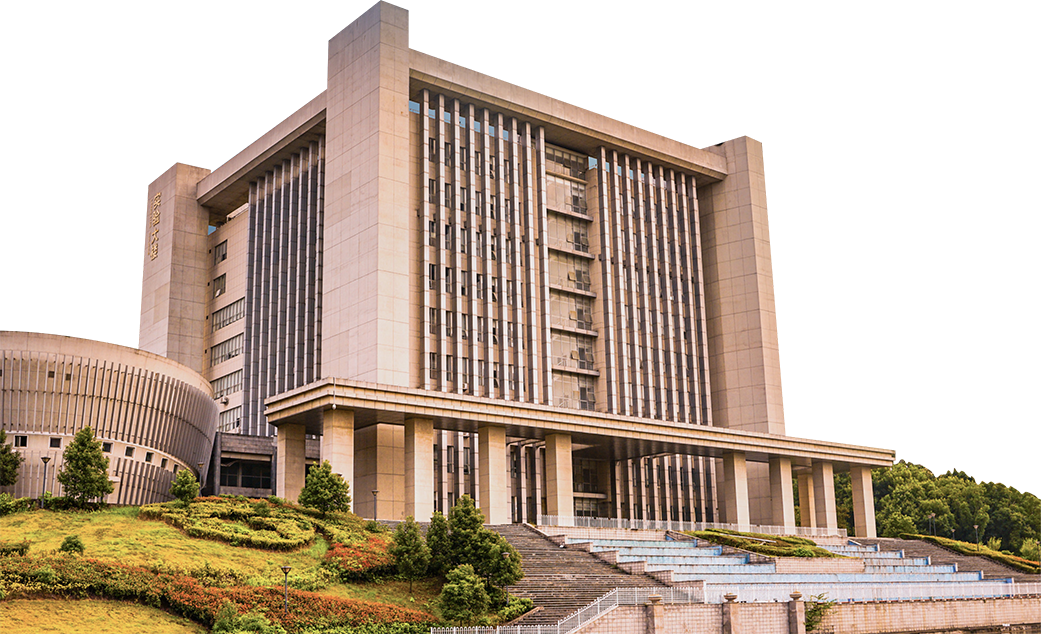Focused on major national strategic needs and pressing global challenges, NUDT makes relentless efforts to pursue original and pioneering innovations.

With focus on major national strategic needs and pressing global challenges, NUDT has been dedicated to carrying out fundamental theoretical explorations and pursuing breakthroughs in core technologies in key fields. Featuring basic research aimed for applications and technological innovation supported by basic research, the University has been working towards original and pioneering innovation to contribute to China's great self-reliance and strength in science and technology and provide innovative NUDT solutions to grand global challenges. In the past 70 years since its establishment, NUDT has achieved a large number of innovations represented by the "TianHe" series supercomputer systems, the "BeiDou" satellite positioning system, ultraprecision machining, maglev trains, etc., creating "China Speed", "China Height" and "China Precision".

NUDT vigorously promotes interdisciplinary research. Targeting cutting-edge technologies, the University has established interdisciplinary research centers and set key research fields including quantum computing and quantum algorithms, nanometer probing and sensing, materials genomic, etc., promoting deep integration between and across academic disciplines to push the boundaries of knowledge.
